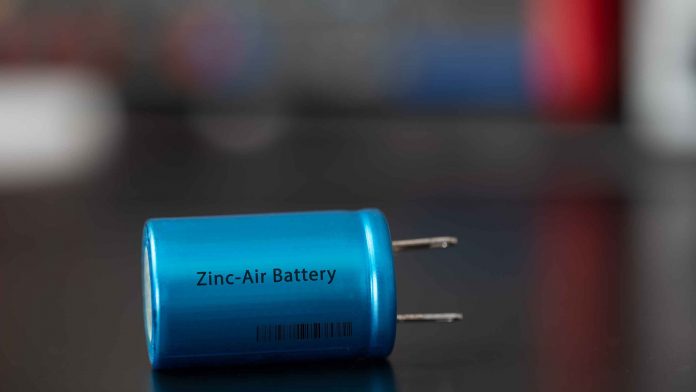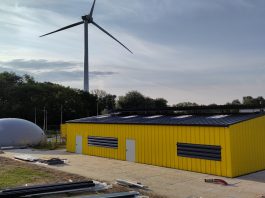In a recent Edith Cowan University study into the advancement of sustainable battery systems, zinc-air batteries have emerged as a more appealing alternative to the popular lithium-ion battery.
The study, led by Edith Cowan University’s (ECU) Dr Muhammad Rizwan Azhar, revealed that although lithium-ion batteries are a popular choice for electric vehicles, they are limited for several reasons. These include cost, finite resources, and safety concerns.
“Rechargeable zinc-air batteries (ZABs) are becoming more appealing because of their low cost, environmental friendliness, high theoretical energy density, and inherent safety,” Dr Muhammad Rizwan Azhar said.
“With the emergence of next-generation long-range vehicles and electric aircraft in the market, there is an increasing need for safer, more cost-effective, and high-performance battery systems that can surpass the capabilities of lithium-ion batteries.”
The study, ‘CoNiFe-layered double hydroxide decorated Co-N-C network as a robust bi-functional oxygen electrocatalyst for zinc-air batteries,’ is published in the journal EcoMat.
About zinc-air batteries
Zinc-air batteries consist of a zinc negative electrode and an air positive electrode.
Until now, the major disadvantage of this technology has been the limited power output due to the poor performance of air electrodes and a short lifespan.
However, ECU’s breakthrough has enabled zinc-air batteries to undergo a re-design.
Zinc-air batteries re-designed
ECU’s groundbreaking research has allowed engineers to use a combination of new materials, such as carbon, cheaper iron, and cobalt-based minerals to redesign the battery technology.

“The new design has been so efficient it suppressed the internal resistance of batteries, and their voltage was close to the theoretical voltage which resulted in a high peak power density and ultra-long stability,” Dr Azhar said.
“In addition to revolutionising the energy storage industry, this breakthrough contributes significantly to building a sustainable society, reducing our reliance on fossil fuels, and mitigating environmental impacts.
“By using natural resources, such as zinc from Australia and air, this further enhances the cost-effectiveness and viability of these innovative zinc-air batteries for the future.”
The batteries will form a reliable source of energy
Although renewable energy technologies such as solar and wind play an important role in the transition to clean energy, Dr Azhar argues that they are not completely reliable solutions. This is because they are intermittent sources of energy.
“Due to the abundance of zinc available in countries such as Australia, and the ubiquity of air, this becomes a highly viable and reliable energy storage solution,” Dr Azhar explained.
The re-design of the zinc-air batteries will help countries, like Australia, become closer to achieving the clean energy goals and targets set by the Paris Agreement. These goals were established in late 2015 to emphasise the need for sustainable energy resources to limit climate change.









